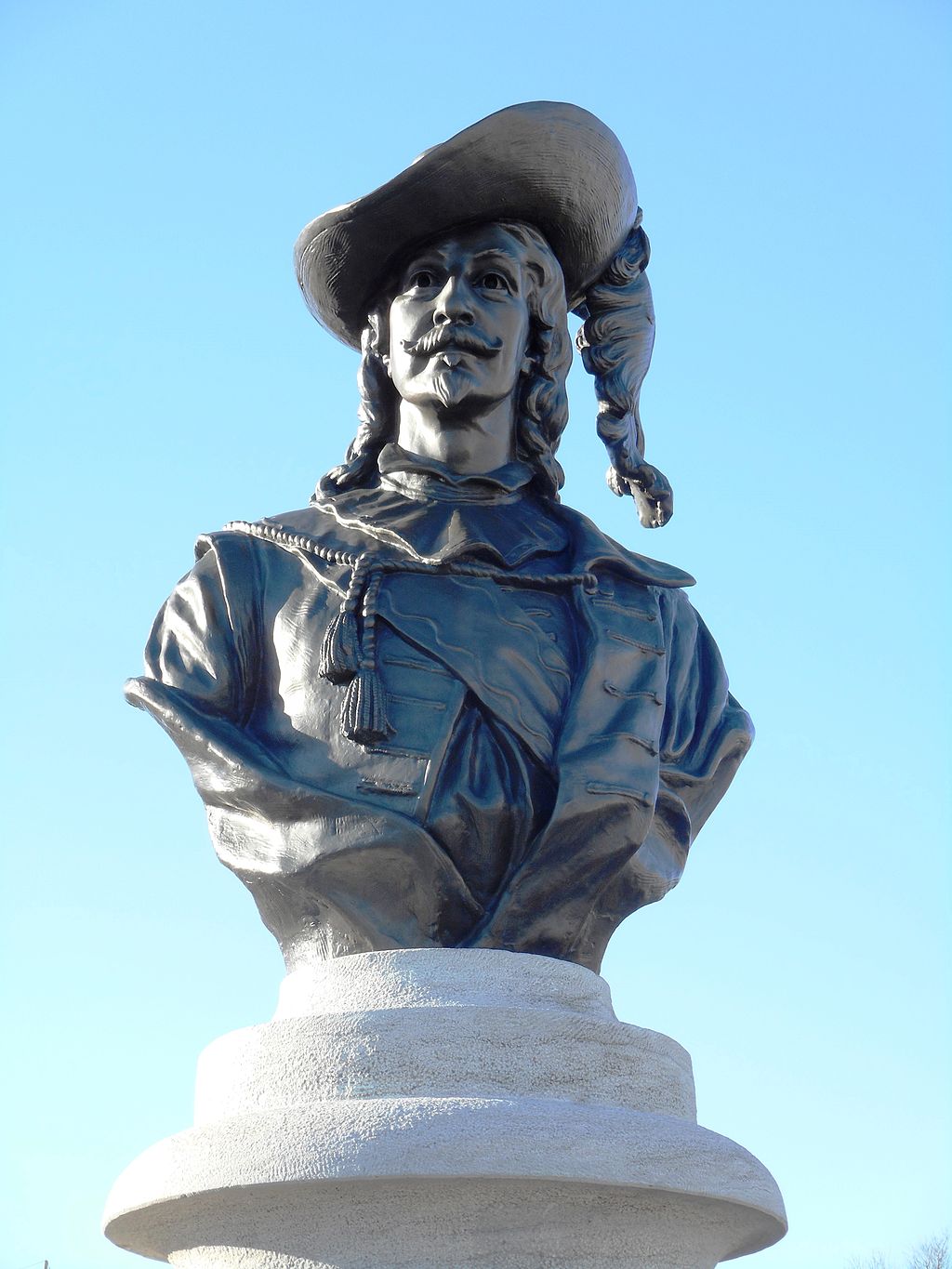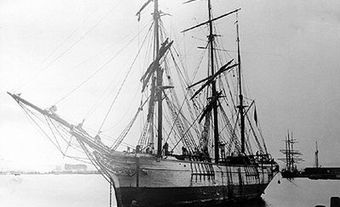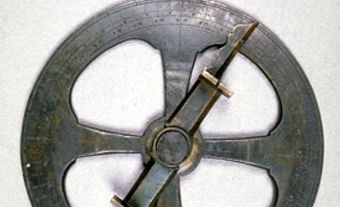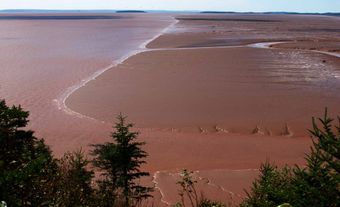On June 26, 1604, about 100 men sailed five French ships into Passamaquoddy Bay at the mouth of the St. Croix River that divides what is now New Brunswick and Maine. There, they established the beginnings of permanent French settlement in North America on a small island referred to as Muttoneguis (sometimes written as Muttoneguamus, Metanegwis, and Metnegwisby) by the local Indigenous population. The island was later renamed Île Ste.-Croix by French explorer and nobleman Pierre Dugua Sieur de Mons.
In the previous century Jacques Cartier and other explorers had attempted to create colonies on Sable Island; along the St. Lawrence River; and in Florida. All were eventually destroyed, and the surviving colonists returned to France. From Île Ste.-Croix, however, the colonists would go on to found settlements in Nova Scotia and Quebec, building a lasting French presence on the continent.
Among those to arrive in 1604 was cartographer Samuel de Champlain. But the leader of the fledgling colony was Pierre Dugua de Mons, who had been granted royal patents to exploit the fur trade in North America and establish the colony of Acadia.
While Champlain explored the Bay of Fundy and the coastline south to Maine, de Mons and his men cleared land and built dwellings on Île Ste.-Croix.
Passamaquoddy Bay was a rich, saltwater resource for Indigenous people, who harvested clams and cod, and hunted seal and porpoise from skin boats that plied the coastline.
A small group of Etechemin, ancestors of those who today call themselves Passamaquoddy, guided the French newcomers on their voyage into the bay. Champlain's journals say their Indigenous guides camped that summer on the southern end of Île Ste.-Croix and worked in the settlement's kitchens. It is not clear why the French didn't learn from the Etechemin not to isolate themselves on the island during the coming winter, which nearly destroyed them.
As the river filled with ice floes, the French were cut off from the mainland. They ran out of food and firewood and were ravaged by scurvy. Almost half the men died. The survivors were rescued the following March by Indigenous people returning to the island bringing fresh game, water and other goods.
In the summer of 1605, de Mons and Champlain dismantled the Ste.-Croix settlement and moved the colony across the Bay of Fundy to Port-Royal, Nova Scotia.
In June 2004, hundreds gathered in a field in New Brunswick, overlooking the small island (now a US-administered historic park) in the middle of the St. Croix River, to mark the 400th anniversary of the arrival of the French in the New World. A parade of boats moved slowly up the river, flying huge ghostly-white sheets meant to look like the sails of the original ships. The ceremony included speeches by US Ambassador to Canada, the late Paul Cellucci, Prime Minister Paul Martin, and New Brunswick Passamaquoddy Chief Hugh Akagi.

 Share on Facebook
Share on Facebook Share on X
Share on X Share by Email
Share by Email Share on Google Classroom
Share on Google Classroom







